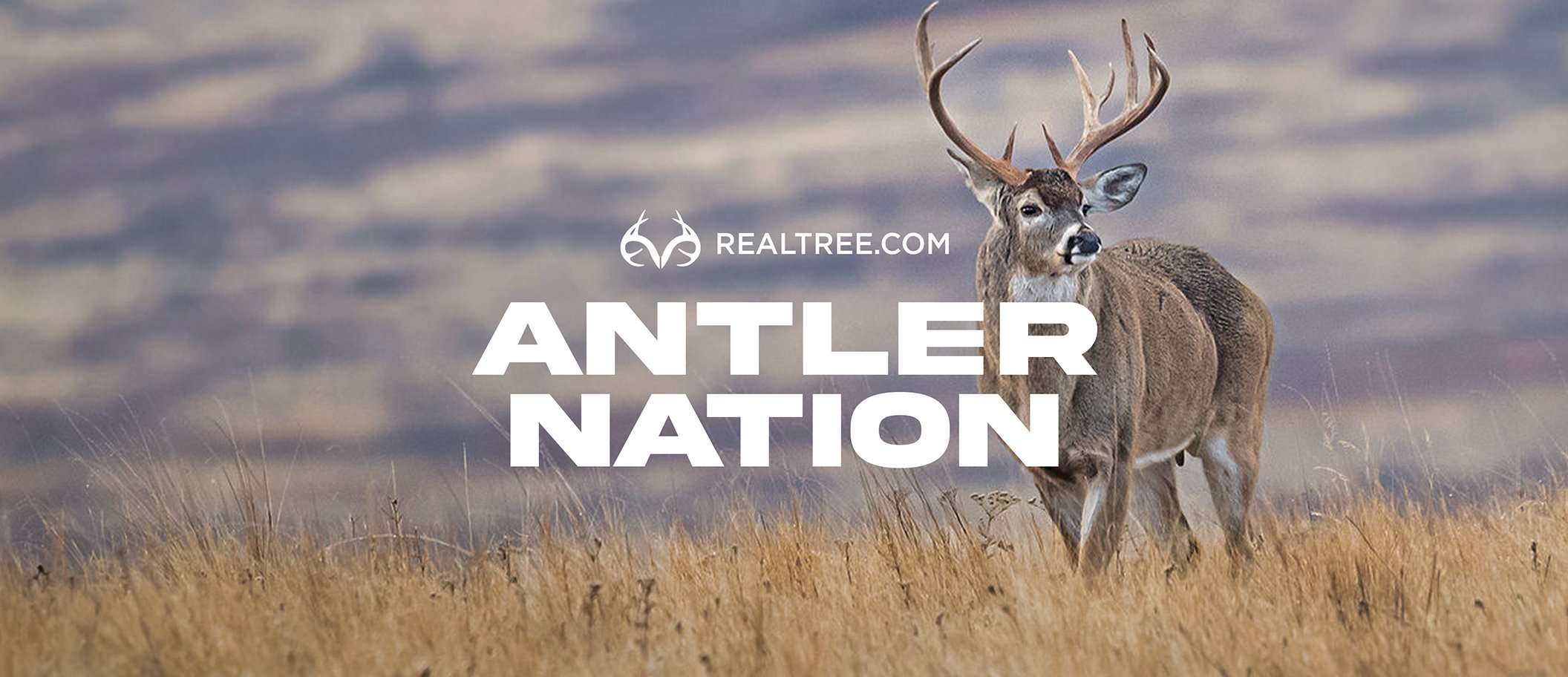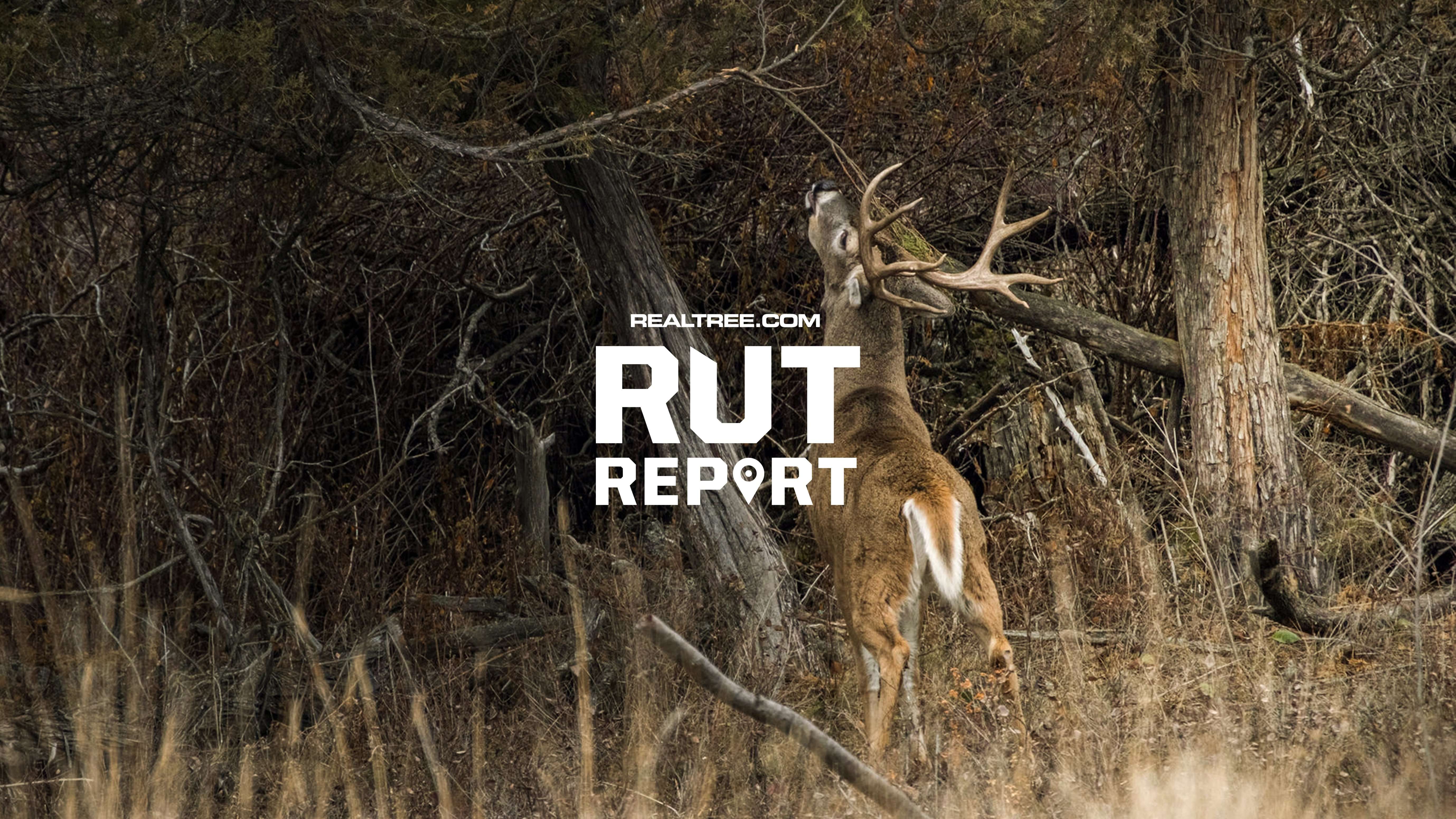Think a dream job in the hunting industry is all big bucks and heavy bag limits? We spoke with three outdoor pros to find out what it’s really like
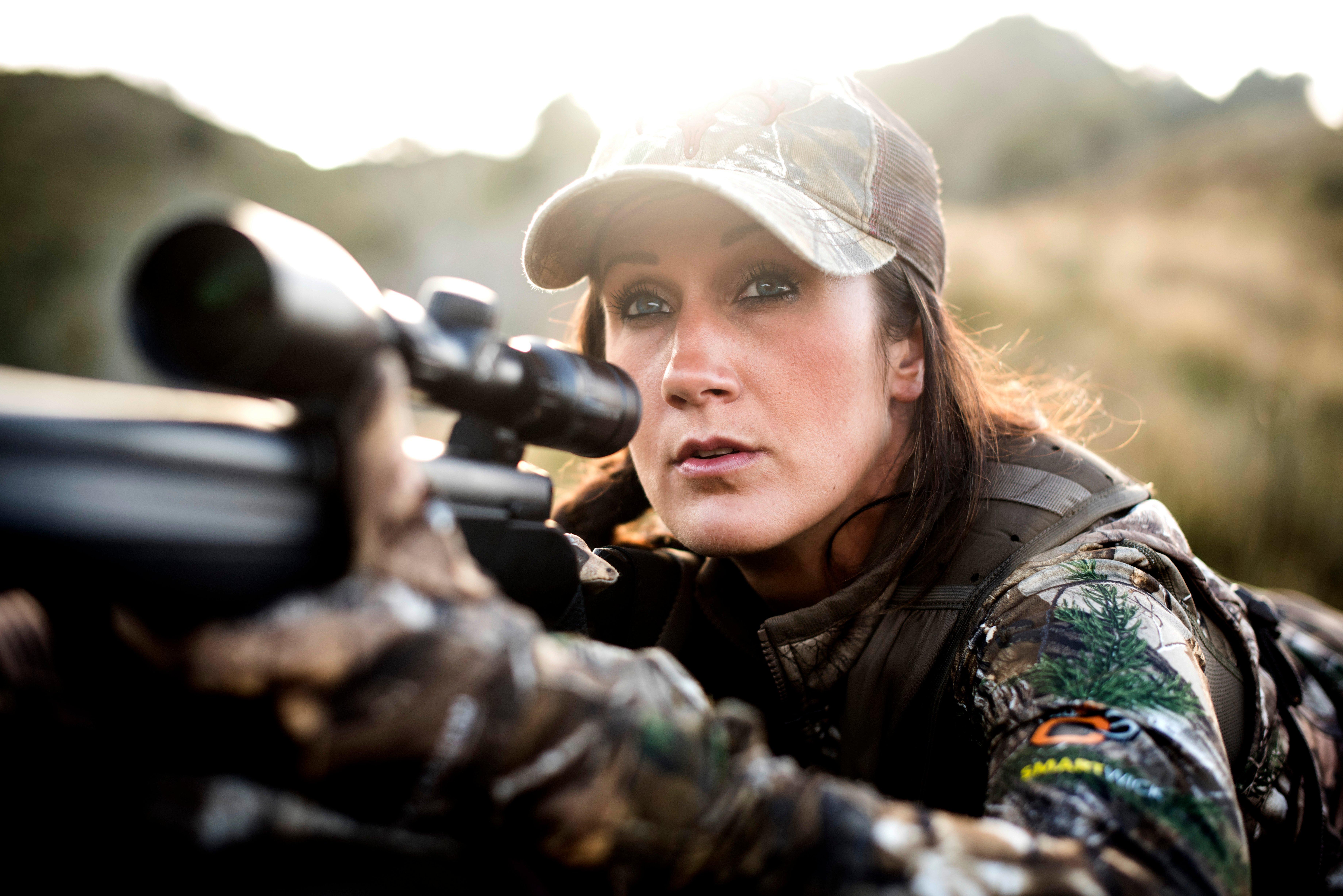
In an effort to break into the outdoor industry, Melissa Bachman worked without pay for four months. Her determination eventually paid off with a successful career in the outdoors. (Photo provided by Melissa Bachman)
I was buying deer tags shortly after getting my first job as an editor at a popular outdoor magazine when I struck up a conversation with the hunter behind me in line. He was upset that he had to work for most of the bow opener. A bit jealous, he said I had it lucky because “all I did was hunt and fish for a living.”
He was right. I am very lucky to have a job like this. But the reality is I spend more time typing on a keyboard than I do in the woods. Before working as an outdoor writer and editor, I was a hunting guide, and there were a lot of things we did aside from just hunting for money — like cooking, cleaning, and keeping clients happy.
I wouldn’t trade either job for anything in the world. But if you want to get into the outdoor industry to hunt all the time, there’s a bit more to it than that. Don’t take my word for it, though. I spoke with three outdoor media professionals, each with a different job. From photographers to gun writers, here’s how they feel about hunting for a living and a bit more on how they got their jobs in the first place in case you’re interested in a career change.
JOHN HAFNER, PHOTOGRAPHER
John Hafner has been in the outdoor industry for about 20 years. He got his first gig with Realtree while in graduate school for photojournalism in Montana. “I did my thesis on turkeys in Montana,” he says. He sent slides out to several publications, and one of them caught the eye of the NWTF for Turkey Call Magazine. After that, Hafner worked for Realtree for about five years, and shortly after that, he went freelance, shooting wildlife photos for several publications and commercial clients.
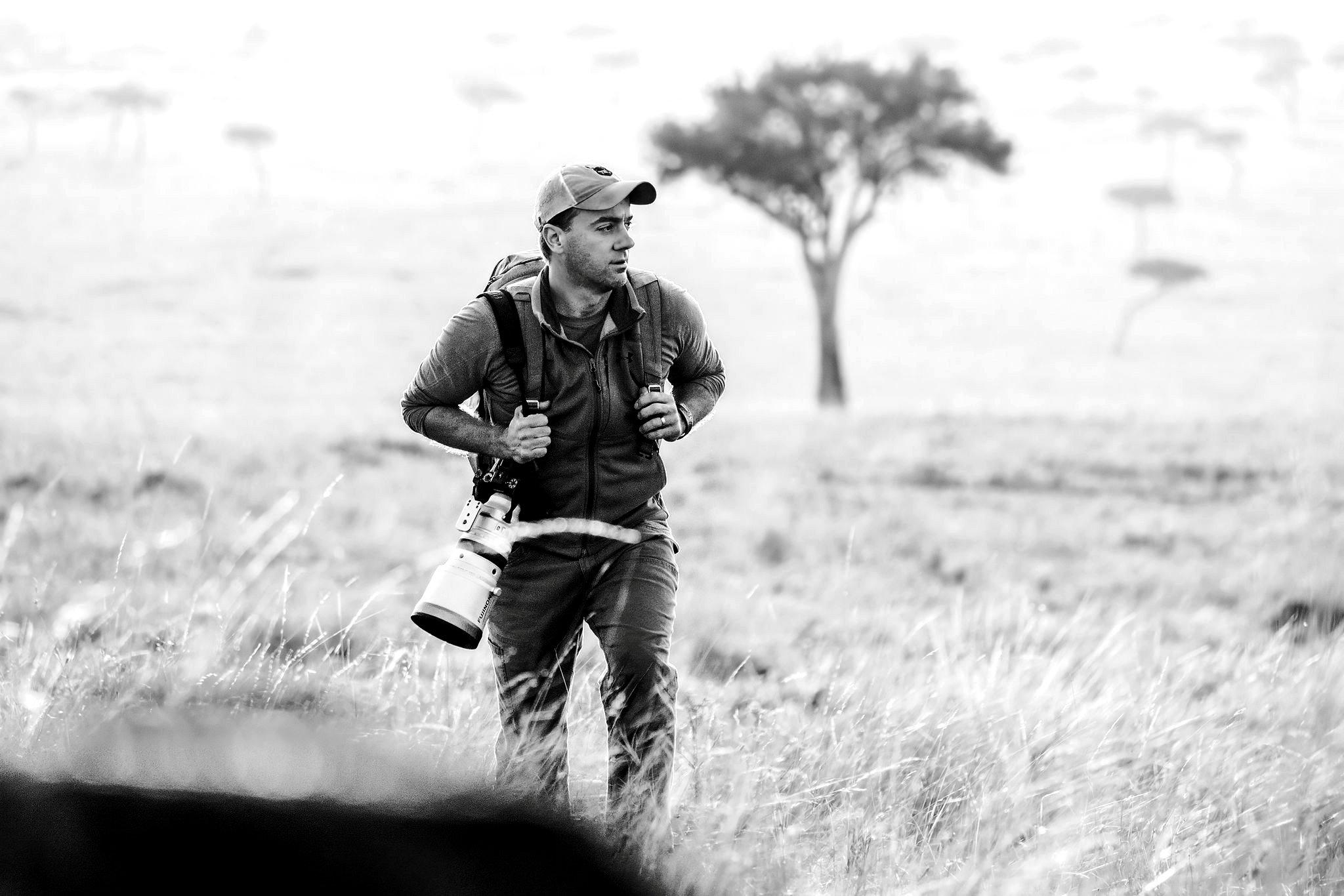
Prolific outdoor photographer John Hafner travels the world shooting wildlife photography for numerous publications and commercial clients. (Photo provided by John Hafner)
“Twenty years goes fast,” he says. “I was fortunate when I started, and a lot of the guys I looked up to were shooting film. Most of them said digital photography was just a fad, but they read the wrong tea leaves.” Hafner said he was one of the first in the industry to start shooting digital, and he attributes a lot of his success to separating his style from the pack.
Don’t Miss: How to Get a Job in the Outdoors
“I used to go to Barnes & Noble and sit down with a pile of magazines. I’d make sure that none of them were outdoor magazines because I always felt that the established photography styles were pretty boring. Instead, I looked at a lot of younger, more aggressive industries like skiing and snowboarding for inspiration.”
As for how the industry has changed today, Hafner feels the talent pool has gotten a lot bigger and the atmosphere more challenging. “It seems like a lot of my commercial clients had their budgets zapped after covid,” he says. “But to take a glass-half-full perspective, I think the current climate has made me go back to searching for visual inspiration and how I can bring my clients something new and different to help them stand out. I always want to believe my best work is ahead of me, not behind me.”
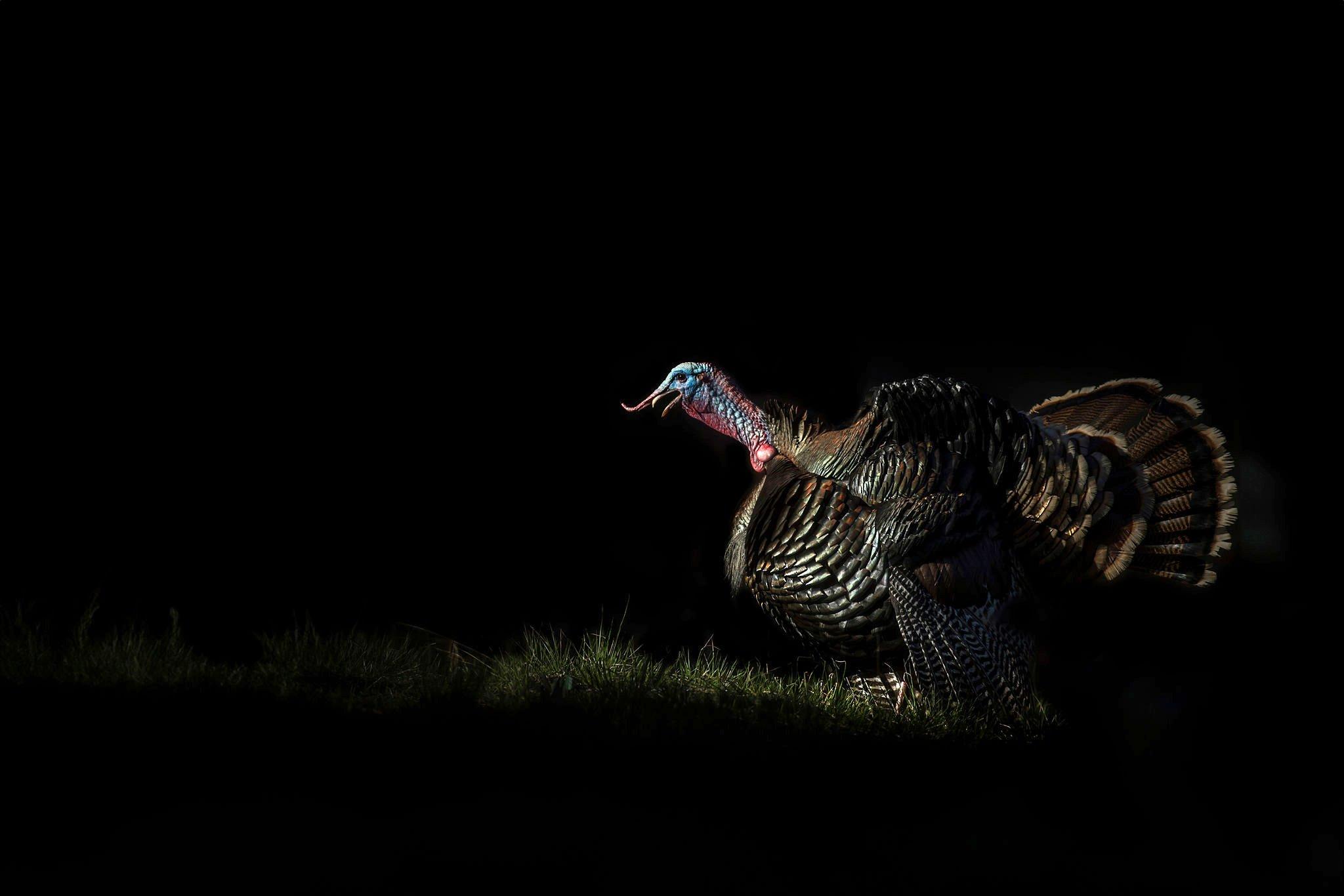
John Hafner’s first published photo was featured in NWTF’s Turkey Call Magazine. His photos of wild turkeys and other wildlife have been showcased in many publications since then. (Photo provided by John Hafner)
As a wildlife photographer, a lot of Hanfer's work has a long shelf life as stock imagery, but he says that you can’t only rely on stock photos for income today. “Stock photographers are fighting for smaller pieces of an ever-shrinking pie,” he says.
These days, a lot of Hafner’s time in the field is focused on upland hunting, but he still likes to go to far-flung places like Africa. In terms of hunting, he says he likes to keep work and fun separate. “I think it’s accurate to say that nobody has ever paid me to hunt,” he says. “I can’t remember the last time I’ve packed both a camera and a weapon. At least for me, I’ll end up with mediocre photos and tag soup. I really try to draw a line between the two, and I’ve had plenty of cases where I’ll pack the camera instead.”
MELISSA BACHMAN, TELEVISION PRODUCER AND HOST
Melissa Bachman’s goal after college in 2006 was to find a way to hunt for a living. She had a double major in television production and Spanish, and she put out 74 resume reels after graduation. “At the time I thought I’d have all of these job opportunities, but I got 74 no’s,” she says. “Not one person wanted to hire me.”
She went back to her number one pick, The North American Hunting Club, and offered to work for free. They brought her on for four months without pay. She drove 150 miles a day just to get to work, and she had to take a second job at night to cover her expenses. Eventually, she was hired as a full-time producer and editor, and since then she’s gone on to form her own production company and her own show, “Winchester Deadly Passion.”
“I was always behind the scenes and never in front of the camera,” she says. “But I think that was much more beneficial. I learned every single step in producing a television show.” To get her show off the ground, Bachman risked it all, putting her house on the line to pay for airtime and cashing out her 401k to hire a cameraman for one season.
“It was pretty tough, but I learned things and made mistakes along the way,” she says. “My goal was always just to work harder than everyone else,” she says. “I never believed that I was a better hunter, cameraman, or better editor, but I believe that if I never quit, nobody can beat me.”
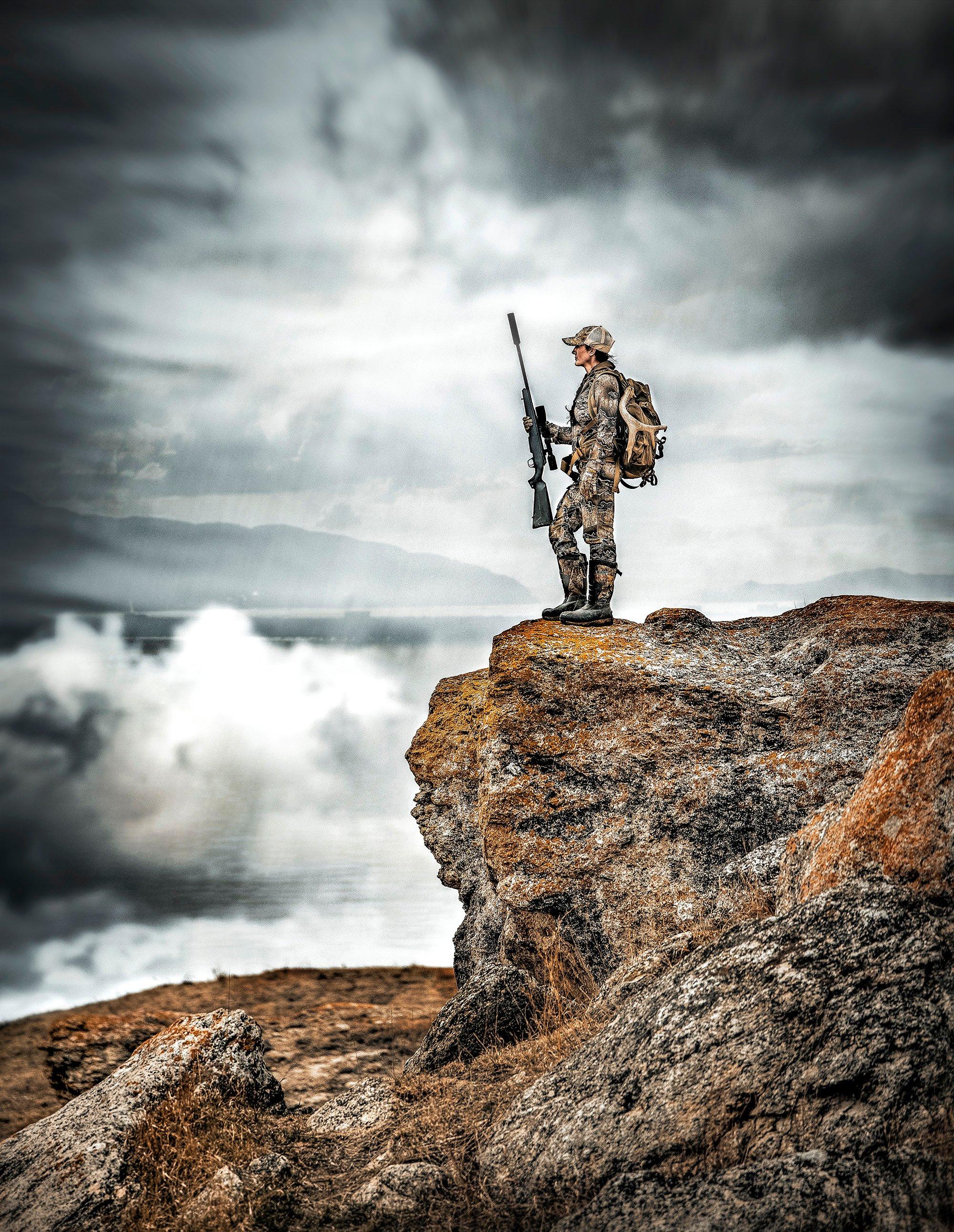
Melissa Bachman says she risked it all to form her own production company and her own show, “Winchester Deadly Passion.” (Photo provided by Melissa Bachman)
For six years straight, Bachman worked every day and traveled 320 days a year, and she says that traveling is one of the best and most challenging things. “Being away from my family is definitely the hardest part of my job,” she says. “But I try to be very present when I am home.”
Bachman doesn’t do much personal hunting as she puts it. Pretty much any time she spends in the field is dedicated to trying to make some kind of content. But this doesn’t bother her. “For me to get good footage is just as exciting as getting an animal,” she says. And while this hasn’t changed the way she looks at hunting, she says it makes it more difficult. “For you to be able to take a big mature trophy animal is one thing, but to do that on film is even harder. But I like the challenge, and I always have.”
RICHARD MANN, OUTDOOR WRITER
When Richard Mann was a kid, he loved reading hunting magazines. “I didn’t know how to read very well, and that’s essentially where I learned,” he says. “I think that was the driving force behind why I wanted to write for hunting magazines, because those stories moved me.”

Outdoor writer Richard Mann says he most values making memories with people he enjoys spending time with in the outdoors. (Photo provided by Richard Mann)
Mann has been writing about hunting with a focus on firearms since the 1990s and today, he’s the shooting editor for Field & Stream. He’s written for several major publications and his own Substack, EmptyCases. He sold his first story to North American Hunter for $100 while he was working as a police officer in West Virginia. He sold two more shortly after that, and then he couldn’t sell anything. He went back to the drawing board with friend and fellow writer John Barsness, who helped him learn more about writing and selling stories. Eventually, Mann was assigned a regular column.
Don’t Miss: How to Become a Hunting Guide
Back then, Mann feels that there wasn’t a lot of competition to break into the industry, but there were more gatekeepers. “Unless you had a mentor or an industry connection, you were ignored,” he says. “Thirty years ago, I don’t know how many queries I sent, and I’d get nothing in response. Somebody had to speak for you if you wanted to get noticed.”
Today, he says it’s just the opposite. “There are no gatekeepers now. You can start writing your own blog or Substack, and you don’t need anybody to let you in the door. But there’s more competition.”
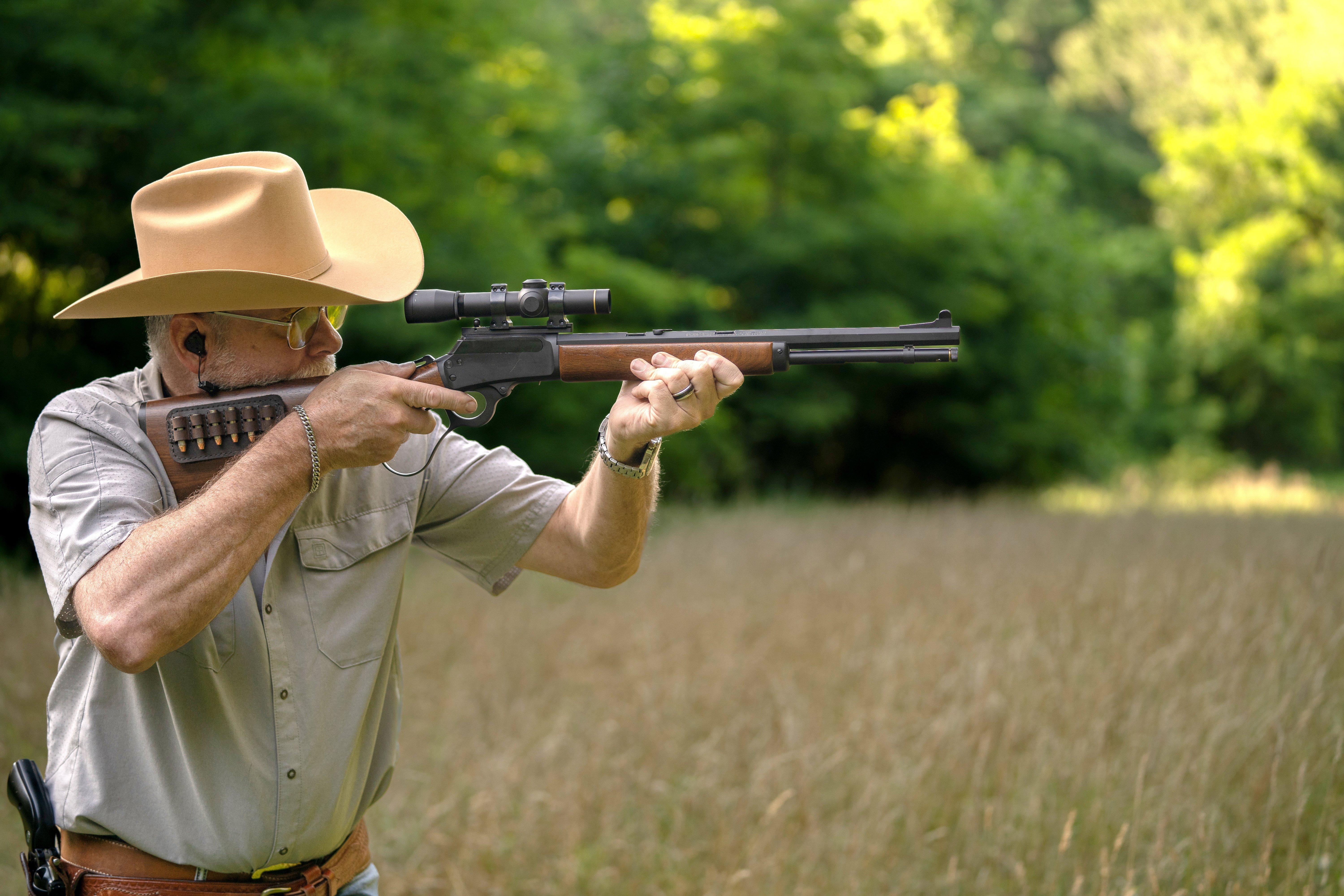
Mann credits his consistency and reliability for his success as an outdoor writer. He says having a shooting range at home, where he could test guns, also helped. (Photo by Richard Mann)
Mann feels that things really started to click for him because he was consistent. “I turned assignments in when I was told to turn them in, I sent good photos, and I was never late,” he says. “Another thing that really helped me was having a shooting range at home. It allowed me to test guns and turn in stories much faster than others.”
As far as how much time Mann spends in the field actually hunting compared to the other things he needs to do for work, he says it’s about 20 percent hunting. But other parts of his time are dedicated to things that revolve around hunting, like setting up rifles and practicing shooting.
After nearly 30 years of traveling all over the world to hunt, he says that his outlook on what makes a good hunt has changed. “Initially, it was all about new experiences — getting to hunt places I never thought I’d get to hunt.” he says. “After about 10 years, that took a backseat to enjoying those things with people I like to be around. Making memories is one thing. Sharing memories with people is something different — it’s more important.”




